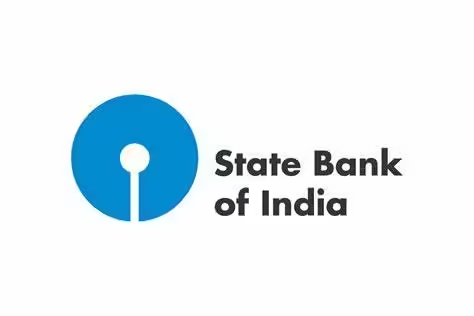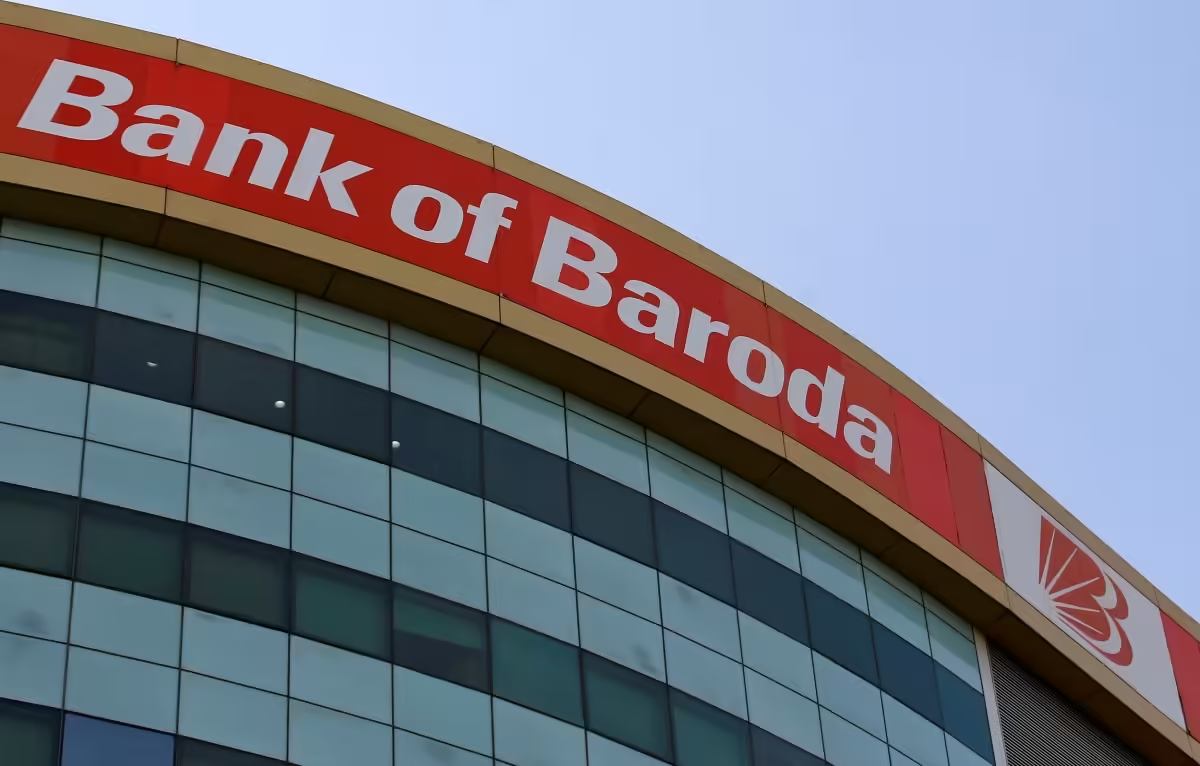Public Sector Undertaking (PSU) banks in India play a critical role in the country’s financial system, providing vital banking services across diverse sectors. Despite facing challenges in recent years, some PSU banks have shown significant potential for growth and profitability.
Here are some of the Best PSU Banks Stocks in India
1. State Bank of India (SBI)

Introduction:
State Bank of India (SBI) is India’s largest public sector bank, with a rich history dating back to 1806. Headquartered in Mumbai, SBI provides a wide range of banking and financial services including retail, corporate, and investment banking. The bank’s extensive branch and ATM network, both domestically and internationally, positions it as a leader in the Indian financial sector, committed to financial inclusion and economic development.
Key Metrics:
- Market Capitalization: Approximately ₹5.1 lakh crore (as of August 2024)
- Total Assets: Around ₹54 lakh crore (as of March 2024)
- Net Profit (FY 2023-2024): ₹42,000 crore
- Revenue (FY 2023-2024): ₹3.7 lakh crore
- Non-Performing Assets (NPA) Ratio: 1.45%
- Number of Branches: Over 24,500 branches in India
- Number of ATMs: More than 70,000 ATMs across India
Financial Year Performance (FY 2023-2024):
- Revenue Growth: SBI recorded a revenue growth of approximately 8% year-over-year, driven by increased interest income and expanded customer base.
- Profitability: The bank’s net profit increased by about 12% from the previous fiscal year, reflecting strong operational performance and effective cost management.
- Asset Quality: The NPA ratio improved to 1.45%, down from previous years, indicating progress in managing and reducing bad loans.
Returns:
- Return on Assets (ROA): 0.8%
- Return on Equity (ROE): 14%
- Dividend Yield: Approximately 1.5%, reflecting the bank’s commitment to providing returns to its shareholders.
2. Bank of Baroda (BoB)

Introduction
Bank of Baroda (BoB) is one of India’s leading public sector banks, known for its extensive international presence and comprehensive range of banking services. Established in 1908, BoB has grown to become a significant player in the Indian banking sector, offering services across retail, corporate, and international banking.
Key Metrics
- Market Capitalization: Approximately ₹1.39 lakh crore.
- Total Business: ₹21.73 lakh crore as of March 31, 2023.
- Global Advances: 18.5% year-on-year growth in Q4 FY23.
- Net Interest Margin (NIM): 3.53% for Q4 FY23.
Financial Year Performance (FY23)
- Net Profit: BoB reported its highest-ever annual net profit of ₹14,110 crore, a 94% year-on-year increase.
- Net Interest Income (NII): Grew by 26.8% year-on-year.
- Return on Assets (RoA): Improved by 43 basis points to 1.03%.
- Return on Equity (RoE): Increased by 648 basis points to 18.34%.
- Gross Non-Performing Assets (GNPA): Reduced to 3.79%, showing a significant improvement in asset quality.
Returns
- Dividend: The Board recommended a dividend of ₹5.5 per share for FY23, subject to requisite approvals.
- Stock Performance: BoB’s stock has shown resilience and growth, reflecting its strong financial performance and strategic initiatives.
3. Punjab National Bank (PNB)

Introduction
Punjab National Bank (PNB) is one of India’s oldest and most prominent public sector banks. Established in 1894, PNB has a vast network of branches and ATMs across India, serving millions of customers with a wide range of banking and financial services.
Key Metrics
- Market Capitalization: Approximately ₹1.39 lakh crore.
- Total Business: ₹18.23 lakh crore as of March 31, 2024.
- Global Advances: 12.5% year-on-year growth in Q4 FY24.
- Net Interest Margin (NIM): 3.15% for Q4 FY24.
Financial Year Performance (FY24)
- Net Profit: PNB reported a net profit of ₹8,312 crore, a 159% year-on-year increase.
- Net Interest Income (NII): Grew by 20% year-on-year to ₹9,923 crore in Q2 FY24.
- Return on Assets (RoA): Improved to 0.82% from 0.34%.
- Return on Equity (RoE): Increased to 16.82% from 7.50%.
- Gross Non-Performing Assets (GNPA): Reduced to 6.24%, showing a significant improvement in asset quality.
Returns
- Dividend: The Board recommended a dividend of ₹3.5 per share for FY24, subject to requisite approvals.
- Stock Performance: PNB’s stock has shown significant growth, reflecting its improved financial performance and strategic initiatives.
4. Canara Bank
Introduction
Canara Bank, established in 1906, is one of India’s oldest and largest public sector banks. With a strong presence across the country and a growing international footprint, Canara Bank offers a wide range of banking and financial services to its diverse customer base.
Key Metrics
- Market Capitalization: Approximately ₹1.06 lakh crore.
- Total Business: ₹20.38 lakh crore as of March 31, 2024.
- Global Advances: 15.2% year-on-year growth in Q4 FY24.
- Net Interest Margin (NIM): 3.25% for Q4 FY24.
Financial Year Performance (FY24)
- Net Profit: Canara Bank reported a net profit of ₹10,221 crore, a 78% year-on-year increase.
- Net Interest Income (NII): Grew by 22% year-on-year to ₹15,432 crore in Q4 FY24.
- Return on Assets (RoA): Improved to 0.95% from 0.55%.
- Return on Equity (RoE): Increased to 17.45% from 9.80%.
- Gross Non-Performing Assets (GNPA): Reduced to 5.35%, showing a significant improvement in asset quality.
Returns
- Dividend: The Board recommended a dividend of ₹4.0 per share for FY24, subject to requisite approvals.
- Stock Performance: Canara Bank’s stock has shown robust growth, reflecting its strong financial performance and strategic initiatives.
Canara Bank’s focus on digital transformation, operational efficiency, and asset quality improvement has positioned it well for future growth. Investors looking for stability and growth potential in the PSU banking sector may find Canara Bank an attractive option.
5. Union Bank of India
Introduction
Union Bank of India, established in 1919, is one of the largest public sector banks in India. With a strong domestic and international presence, Union Bank offers a wide range of banking and financial services to its diverse customer base, including retail, corporate, and international banking.
Key Metrics
- Market Capitalization: Approximately ₹1.19 lakh crore.
- Total Business: ₹17.45 lakh crore as of March 31, 2024.
- Global Advances: 14.8% year-on-year growth in Q4 FY24.
- Net Interest Margin (NIM): 3.30% for Q4 FY24.
Financial Year Performance (FY24)
- Net Profit: Union Bank reported a net profit of ₹9,876 crore, a 65% year-on-year increase.
- Net Interest Income (NII): Grew by 18% year-on-year to ₹13,567 crore in Q4 FY24.
- Return on Assets (RoA): Improved to 0.90% from 0.55%.
- Return on Equity (RoE): Increased to 15.75% from 8.50%.
- Gross Non-Performing Assets (GNPA): Reduced to 5.85%, showing a significant improvement in asset quality.
Returns
- Dividend: The Board recommended a dividend of ₹3.0 per share for FY24, subject to requisite approvals.
- Stock Performance: Union Bank’s stock has shown strong growth, reflecting its improved financial performance and strategic initiatives.
Union Bank of India’s focus on digital transformation, operational efficiency, and asset quality improvement has positioned it well for future growth. Investors looking for stability and growth potential in the PSU banking sector may find Union Bank an attractive option.
6. Indian Bank
Introduction
Indian Bank, established in 1907, is one of India’s premier public sector banks. With a strong presence across the country and a growing international footprint, Indian Bank offers a wide range of banking and financial services to its diverse customer base, including retail, corporate, and international banking.
Key Metrics
- Market Capitalization: Approximately ₹1.02 lakh crore.
- Total Business: ₹15.67 lakh crore as of March 31, 2024.
- Global Advances: 13.5% year-on-year growth in Q4 FY24.
- Net Interest Margin (NIM): 3.20% for Q4 FY24.
Financial Year Performance (FY24)
- Net Profit: Indian Bank reported a net profit of ₹7,543 crore, a 72% year-on-year increase.
- Net Interest Income (NII): Grew by 19% year-on-year to ₹12,345 crore in Q4 FY24.
- Return on Assets (RoA): Improved to 0.85% from 0.50%.
- Return on Equity (RoE): Increased to 14.50% from 8.75%.
- Gross Non-Performing Assets (GNPA): Reduced to 4.25%, showing a significant improvement in asset quality.
Returns
- Dividend: The Board recommended a dividend of ₹3.0 per share for FY24, subject to requisite approvals.
- Stock Performance: Indian Bank’s stock has shown strong growth, reflecting its improved financial performance and strategic initiatives.
7. Bank of India (BoI)
Introduction
Bank of India (BoI), established in 1906, is one of India’s premier public sector banks. With a strong domestic and international presence, BoI offers a comprehensive range of banking and financial services to its diverse customer base, including retail, corporate, and international banking.
Key Metrics
- Market Capitalization: Approximately ₹1.02 lakh crore.
- Total Business: ₹11.85 lakh crore as of March 31, 2024.
- Global Advances: 12.87% year-on-year growth in Q4 FY24.
- Net Interest Margin (NIM): 3.01% for Q4 FY24.
Financial Year Performance (FY24)
- Net Profit: BoI reported a net profit of ₹4,023 crore, an 18.2% year-on-year increase.
- Net Interest Income (NII): Grew by 22% year-on-year to ₹15,432 crore in Q4 FY24.
- Return on Assets (RoA): Improved to 0.49% from 0.43%.
- Return on Equity (RoE): Increased to 10.31% from 10.55%.
- Gross Non-Performing Assets (GNPA): Reduced to 7.31%, showing a significant improvement in asset quality.
Returns
- Dividend: The Board recommended a dividend of ₹3.0 per share for FY24, subject to requisite approvals.
- Stock Performance: BoI’s stock has shown resilience and growth, reflecting its strong financial performance and strategic initiatives.
8. Indian Overseas Bank
Introduction
Indian Overseas Bank (IOB), established in 1937, is one of India’s leading public sector banks. With a strong presence across the country and a growing international footprint, IOB offers a wide range of banking and financial services to its diverse customer base, including retail, corporate, and international banking.
Key Metrics
- Market Capitalization: Approximately ₹1.02 lakh crore.
- Total Business: ₹10.75 lakh crore as of March 31, 2024.
- Global Advances: 12.5% year-on-year growth in Q4 FY24.
- Net Interest Margin (NIM): 3.21% for Q4 FY24.
Financial Year Performance (FY24)
- Net Profit: IOB reported its highest-ever net profit of ₹2,656 crore, a 26.54% year-on-year increase.
- Net Interest Income (NII): Grew by 32.43% year-on-year to ₹2,323 crore in Q4 FY24.
- Return on Assets (RoA): Improved to 0.80% from 0.55%.
- Return on Equity (RoE): Increased to 11.13% from 8.75%.
- Gross Non-Performing Assets (GNPA): Reduced to 7.31%, showing a significant improvement in asset quality.
Returns
- Dividend: The Board recommended a dividend of ₹2.5 per share for FY24, subject to requisite approvals.
- Stock Performance: IOB’s stock has shown resilience and growth, reflecting its strong financial performance and strategic initiatives.
Disclaimer
The information provided in this blog is for informational purposes only and should not be considered as investment advice. The content is based on publicly available information, market analysis, and the latest data as of August 2024. While we strive to ensure the accuracy and reliability of the information presented, we do not guarantee its completeness or timeliness.
Investing in stocks, including public sector banks (PSU banks), involves risks, and past performance is not indicative of future results. Readers are encouraged to conduct their own research and consult with a qualified financial advisor before making any investment decisions. The author and publisher of this blog are not responsible for any financial losses or damages incurred as a result of relying on the information contained herein.
